

Bread. Chewy crusty bread dipped in a fantastic olive oil and a bit of sea salt. Nutritional friend or foe?
Giving up bread, potatoes, pasta, and even beans because they are carbohydrate-rich foods is a decades-old strategy that’s been presented in a wide variety of popular diets, including Atkins, South-Beach, Paleo, UltraMetabolism, and now Bright-Line.
Just what is a low-carb diet, is it healthy for all, for some or no one?
If you ask 10 people just what a low-carb diet is, you’ll get 10 different answers. That’s because the real clinical data on just what a low-carbohydrate diet is and if, how and who it helps is cloudier than you’d imagine if you believe what you read in the popular press. So, let’s begin with what a low-carbohydrate diet is and is not.
Carb Basics
Carbohydrates break down into sugars and are the energy currency of the body. We need sugar (glucose) for brain function and energy. Most glucose (what the sugar carb breaks down to and the fuel for the body) comes from carbohydrate-containing foods, but the body can also convert protein and fat into glucose (inefficiently and with side effects).
The National Institutes of Health (NIH) set a recommendation of 130 g/day of carbohydrate, based on the amount of glucose needed by the brain and body. The Institute of Medicine (IOM) recommends that 45-65% of daily calories come from carbohydrate. The IOM also set a fiber intake recommendation of 25 g/day for women, and 38 g/day for men.
For comparison’s sake, one serving of carbohydrate (a small slice of bread, or half a banana) contains about 15 g of carbohydrate. If the bread is white bread, it will not have much fiber nor vitamins and minerals unless they are added in the process of fortification. The half banana has about 3 1/2 g of fiber and is a good source of vitamins B-6 and C, potassium and other minerals. So, the banana is what a nutritionist would call more nutrient-dense – that is, calorie for calorie, it gives you lots of nutrients – it’s a higher quality carbohydrate than the bread.
To understand why we’re so low-carb crazy, let’s look at the Standard American Diet (yes, SAD). American men are eating about 287 g of carb per day, and women about 177 g. One-quarter of this carbohydrate intake is from added sweeteners (sugar). Added sweeteners have no nutritive value – not one vitamin or mineral, yet are packed with energy (calories) and absorb very quickly from the gut into the blood stream. How rapidly sugar is absorbed is one of the problems with a highly refined diet high in processed foods (which often acts like just more sugar) and sweeteners – they make you hungry for more. Fiber (which slow the rate that sugar is absorbed from the gut into the blood stream) intakes are about 17 g for men, and 13 g for women. Please note that these intake numbers are changing and not in a more hopeful and healthy direction. Get the picture?
American are eating plenty of carbohydrates, and the type of carbohydrate we are eating is high in sugar and low in fiber. Really low quality, low-nutrition food and lots of it.
A Low-Carb Diet is…
More than the switch from flour and processed grains to whole grains. It’s more than giving up sugar.
A low-carb diet dips below that 130 g/day recommendation of carbohydrates. The most restrictive phase of the Atkin’s diet has 20 gm of carbs in it. When you head down to this level of carbs you are getting your energy from fat and protein. This puts you into ketosis, which is the creation of ketones. While not dangerous in the short term if you drink plenty of water to help your kidney’s flush the ketones out of your body, a common side effect is nasty (nail polish) breath and sweat. It makes you smell, but you’re losing weight and not hungry. My opinion is that over time, this is a very hard diet on your body, and there’s no good data that shows over time people lose more and are healthier from this strategy than others.
So, what do you give up to follow a low-carb diet?
Bread, flour, all grains, even whole grains 🙁 , all fruit :(, starchy vegetables 🙁 like sweet potatoes, corn, peas and squash, beans :(, usually alcohol and of course sugars and sweeteners.
What do you eat?
Lots of meat, fish. Lots of fat. Non-starchy vegetables (which I find many people forget). Usually nuts and nut butters. There are a slew of processed low-carb foods of questionable quality.
Ketosis is different from diabetic ketoacidosis which is a much more dangerous condition of too little insulin and resultant high blood sugar.
Does it work?
Like any highly restrictive elimination diet, low-carb will work because you are eating less. It’s energy-balance basics. What’s handy about low-carb diets is that when you increase your protein and fat intake, you are less hungry than if you ate carbohydrates. So, as a jump-starter to healthier eating and a means of feeling the promise of a lighter body, they can be helpful.
Over the long-term, though, this pattern suffers from what all weight-loss diet patterns suffer from – they are hard to stick with over the long-term and ultimately people struggle to maintain them. There are some additional concerns about this pattern, too. I’ve listed them below.
What the Low-Carb Proponents Forget to Mention
- Your body adjusts to low carb and burning fat as fuel. When you eat a carb again you can become a super-efficient fat-producing machine. So, only do this if you are going to maintain it for the duration.
- A risk for constipation increases – drink lots of water. Your poor kidneys are working triple-time. If you do low-carb, you’ve got to eat your non-starch vegetables, which is a source of fiber that will help prevent constipation. Drink drink drink water.
- Low-carb diets tend to be extra high in saturated fat. While a bit of saturated fat, particularly if it comes from healthful sources like grass-fed organic dairy or grass-fed meats, can be fine, even healthful. When you are eating large amounts of poorer-quality saturated fats, however, the literature still says (despite what you’ve been told of late) you are increasing your risk of heart disease. Sorry. We really don’t know the long-term effects of managing your weight with this strategy. Regular mass-produced bacon, red meat, cream cheese, and butter in limitless qualities is just not healthy.
- Because the glucose you get from carbohydrates is the brain’s (and body’s) preferred fuel source, many following this diet complain of low energy and foggy thinking.
- Most of the quick weight you lose is from water – not fat.
- When you eliminate whole categories of foods, you increase your risk for inadequate nutrition – and low-carb is usually low in a host of vitamins minerals, antioxidants, and fiber. I see this over and over again. Over time, you increase your risk for disease and undermine the smooth functioning of your body.
The Bottom Line?
If you have issues with blood sugar like pre-diabetes, or diabetes, low-carb can be a great strategy to get your blood sugars under control. I’ve seen it work quite a bit. If you know you are over-doing sugar and want a short-cut to moderating, a few days (I find 5 does the trick) of low-carb tends to reduce your cravings. Work with a qualified nutritionist to ensure your diet is rich in nutrients while you do this.
For most of us, let your carb-savvy diet be minimal in refined sugar and refined carbohydrates (cereals, breads, and sweets like cookies and cakes). We all live with or around families and friends, and if your family is anything like mine, cake is part of social events. Have a bite, or a slice and enjoy it. Then get back to your regular practice of whole-food plant-based eating.
The diet that has the most evidence for long-term health is a whole-foods, plant-based diet.
Enjoy nutrient-dense high-quality whole carbohydrates you tolerate like whole grains, whole fruit, vegetables including beans, sweet and white potatoes and other starchy vegetables. If you struggle with weight, have these higher carbohydrate foods with a meal that balances whole food carbohydrates, protein, and fat. A bit of each. The Oldways Ancestral plates do a good job.
We each have a balance of eating, managing stress (which I think is a major cause of weight gain today, in addition to poor-quality food), being physically active in ways you enjoy, and self-acceptance that works. If you struggle with weight, only do the lifestyle changes that you continue forever more. That add to your life rather than restrict. Over time, you will build a healthy and flexible lifestyle.
If you love bread (like I love bread), and are thinking about managing weight, have a little – just not every day at every meal. I think of bread like I think of dessert – it’s a special treat, not an everyday part of my diet.
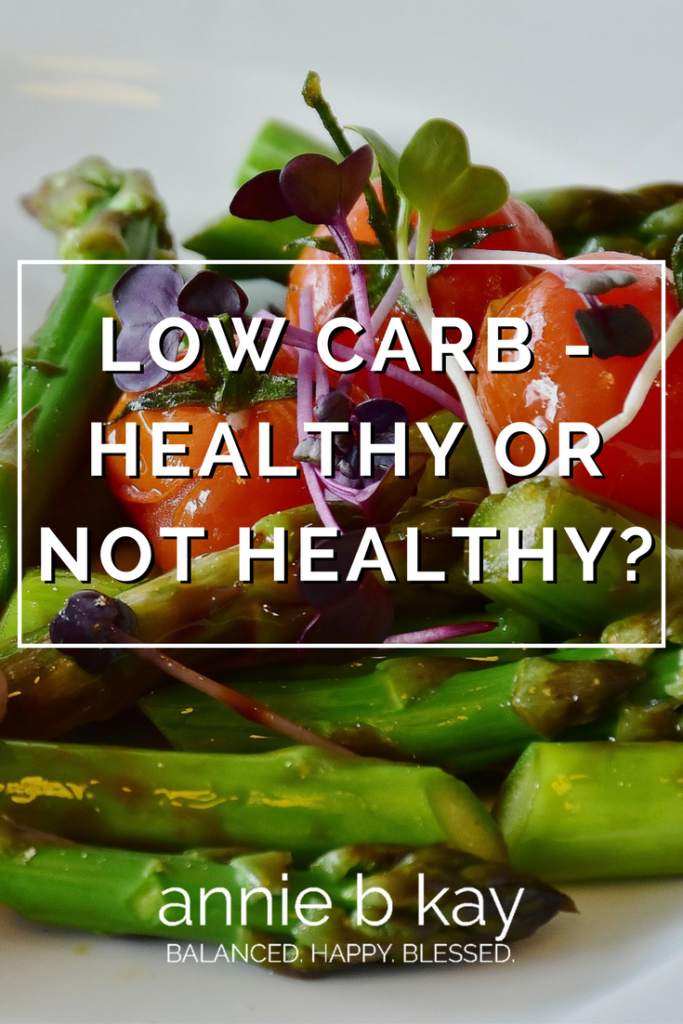
Pinterest

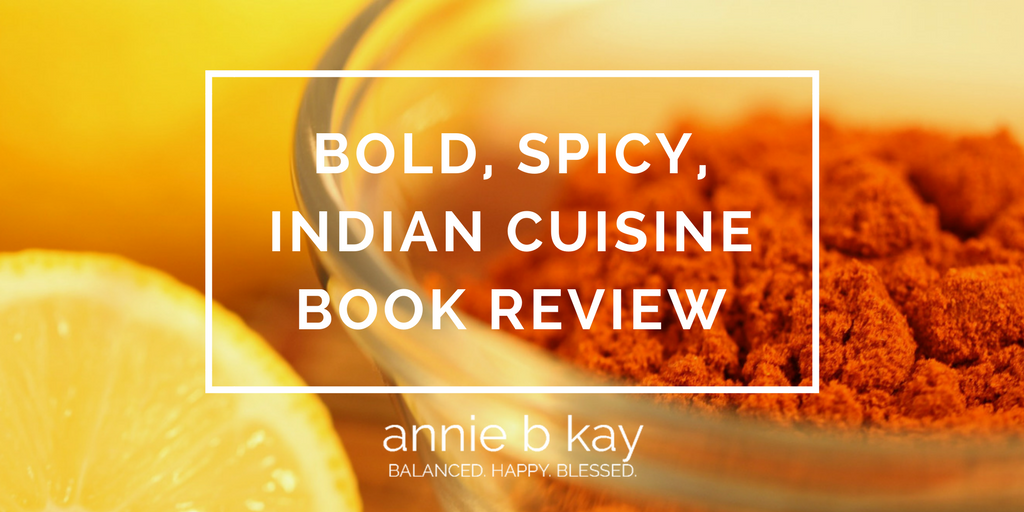
I’ve worked at Kripalu (the largest yoga center in the country) for seven years, so I have enjoyed my share of Indian food. I love the flavors of India – spicy curries, sweet-piquant chutneys, yogurt and lots of creative plant-based proteins. Indian cuisine in its original form is naturally healthful – filled with plants (often vegetarian) and aromatic spices.
I also love the work of the American Diabetes Association (bias alert – they published Yoga & Diabetes, which I co-authored). They have put together a collection of beautiful cookbooks that reflect a fresh range of ways of cooking and eating for health. If you have not yet looked at their growing collection – check them out! You don’t have to have a diabetes diagnosis to enjoy them – they are simply accessible healthful fare for everyone.
 May Abraham Fridel’s Indian Cuisine Diabetes Cookbook has an authenticity and accessibility that are the hallmarks of a great cookbook. It practically smells like cumin – must be the beautiful red-brown of the two-color interior and beautiful four-color photos of select dishes. If you love the smells and tastes of India food and want to bring a bit of that into your own kitchen, this is a book for you.
May Abraham Fridel’s Indian Cuisine Diabetes Cookbook has an authenticity and accessibility that are the hallmarks of a great cookbook. It practically smells like cumin – must be the beautiful red-brown of the two-color interior and beautiful four-color photos of select dishes. If you love the smells and tastes of India food and want to bring a bit of that into your own kitchen, this is a book for you.
The book begins with an overview of the philosophy behind India cooking, including the ancient nature-based wisdom of Ayurveda, a sister science of yoga.
There is a Spice Guide, a Pantry List, and some How-To Recipes to introduce you to the staples of healthful Indian Cuisine.
This is the book I will consult the next time I make Dal (spiced lentils). There are three easy tasty recipes and tons of advice to guide me. There’s a healthy version of my favorite Indian dish, Palak Paneer (cheese in spinach sauce) – this one uses tofu instead of cheese and skips the heavy cream that often turns that healthy sounding dish into something that while filled with nutrients is also calorie-dense. There is a chapter on street food and one on elegant dishes, a chapter on curries, a chapter on grilling, a chapter on Indian flatbreads, one pot meals, sides including slaws and salads, and drinks (I love me some lassi – India’s yogurt smoothie).
Ms. Friedel is a food literacy advocate, philanthropist and the founder and CEO of an organic spice company (www.passionforspices.com). She clearly knows of what she speaks when it comes to the flavors and spices of India.
I’m grateful for her offering, happy to add it to my cookbook shelf and look forward to continuing to sample and to learn about Indian cuisine.
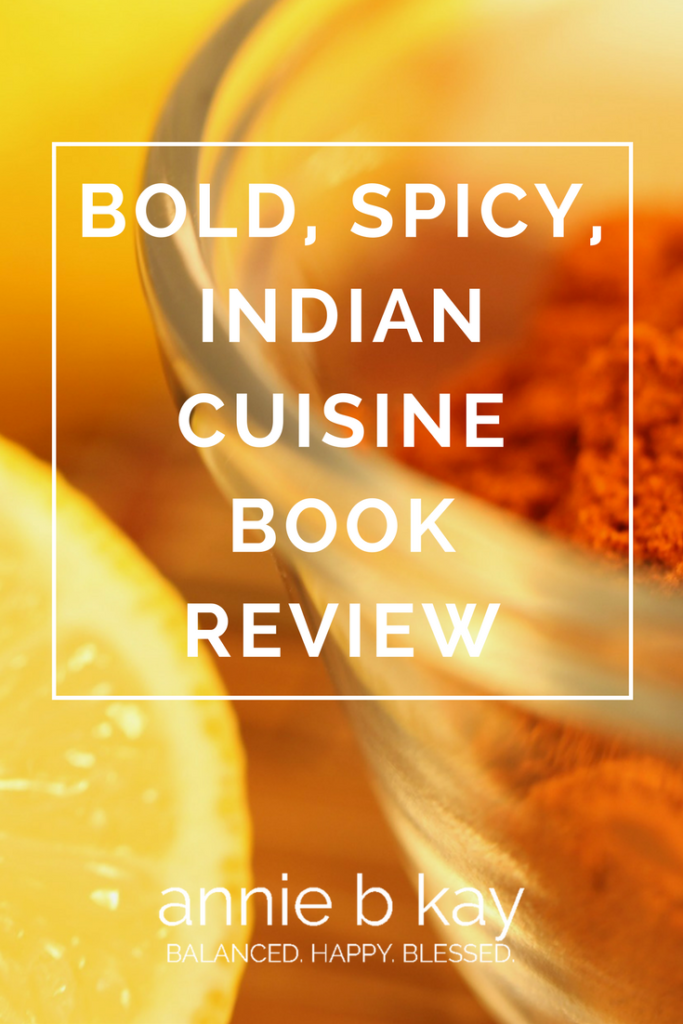
Pinterest
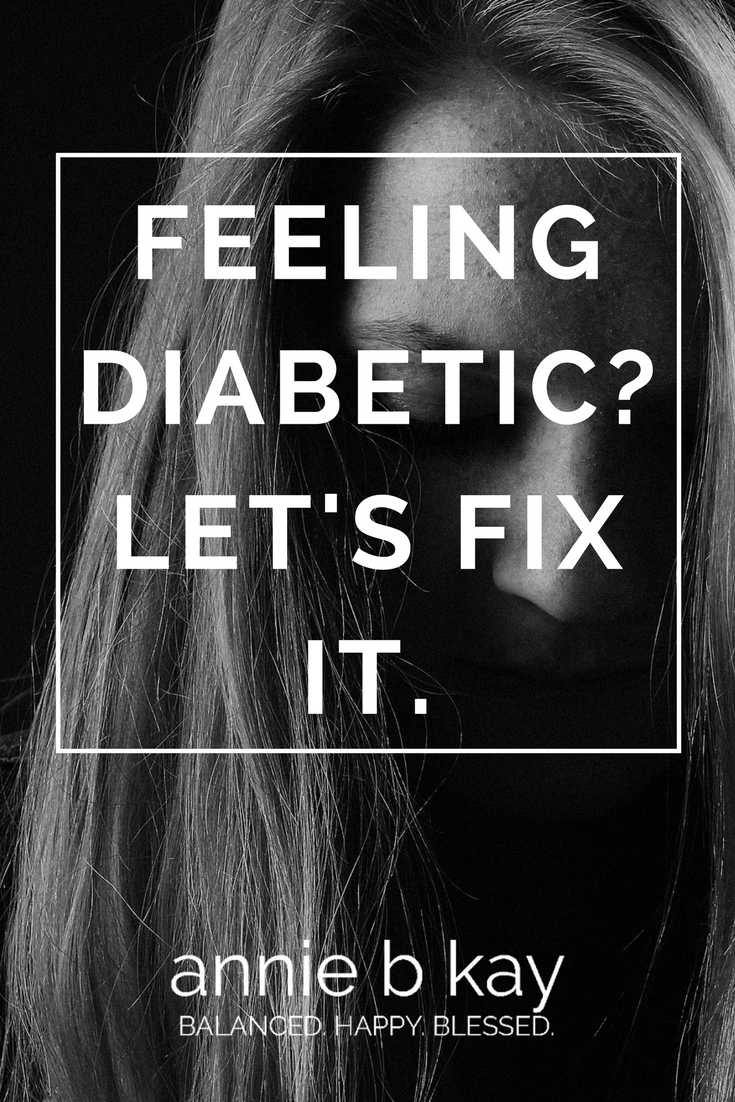
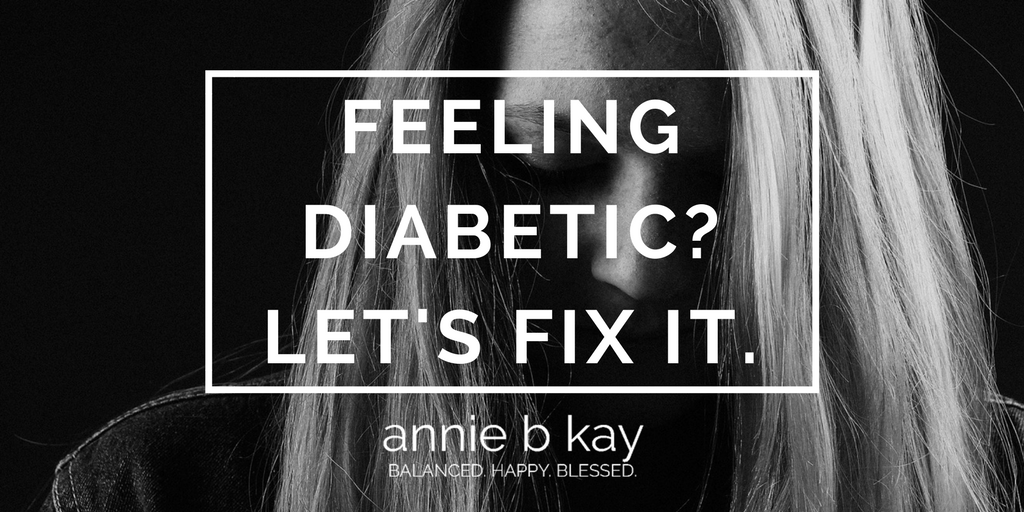
Diabetes is the scary sister of the obesity epidemic.
The physical fallout from insulin resistance (IR) and the resulting roller coaster of blood sugar leads to life-altering circulation problems which in turn can lead to vision issues, neuropathy (nerve issues), kidney issues and more. It’s scary stuff.
What does it feel like to live in a body that has pre-diabetes?
It feels tired – unusually tired. It feels hungry – really hungry for comfort foods and fat – things like bread, cookies and sweets, potatoes with gravy or butter. It feels a little shaky and often nervous. It can feel overall crummy, unmotivated and a little hopeless.
It’s not you! It’s your blood sugar.
When you feel like you have diabetes, comfort foods – the very foods that make the condition worse – are most appealing. Yes, the universe is ironic.
Most diabetes begins as pre-diabetes and worsens over time. UNLESS!
Unless you change.
The good news is that for this type of diabetes, you can, to a HUGE extent, prevent progression of the disease. I have seen it reversed time and time again when someone has the support to eat to manage blood sugars, gets adequate movement and manages stress. Maintaining it is the tricky part…hard (but possible) to do.
Many mainstream medical docs are not talking about the extent to which you can reverse diabetes. It drives me (and my proactive doc friends) crazy to hear that someone’s blood sugar is a bit up and their doc tells them to watch and wait. What you’ll end up watching is your blood sugars rise, and diabetes take hold. When I see someone with a borderline high fasting blood sugar, it’s ACTION TIME! It’s the time you can completely change your future.
You are so very worth it.
It’s all about finding your version of a healthier life; enjoy a delicious healthful diet, manage stress and move adequately. There are so many paths to managing blood sugars. You don’t have to be perfect, and each person can find the balance of eating, moving and having fun (another way of thinking about managing stress) that works for them.
A few easy ways to get started are:
- Add one more serving of your favorite vegetable, either raw or lightly cooked, than you eat right now. Begin today, and repeat tomorrow.
- Try the psyllium shot before meals. I swear it works!
- Consider the disco minute. Put on your favorite dance song and dance like no one’s watching.
The earlier you address the issue, the better (though it’s never too late – even if you are on insulin, improving your self-care will improve your overall health). The earlier you begin, the more likely you’ll be able to fix the issue. From years of providing evidence-based nutrition to people with creeping weight gain afraid of diabetes, I can tell you that the number of people with metabolic syndrome (a little diabetes and a little cardiovascular disease that add up to bad news for health), who don’t know they have it is very large and growing. Even many people with good medical care don’t seem to know (or are too afraid to know).
I hear you – diabetes is a scary condition. It might seem that in order to address it you have to give up your favorite foods – all the comfort and fun in your life. While you do have to change to address the condition, many people are doing it and actually enjoying life more. Step by step, little (or a lot) at a time. When I work with someone with diabetes, we work on making sure food is not the only source of comfort in life – we have to do that first, then addressing food is easier.
Once you’re ready to make a change (and have practiced one of the easy kick-starts I mentioned above) is to take stock of where you are. Again, it can be un-nerving to take that clear look at the numbers that describe what’s going on, but just know that whatever they are, you can change them.
This summer I’ll be blogging more about diabetes – what it is, and how to manage it with lifestyle.
In the meantime, here are a couple posts that you might find helpful:

Pinterest

The book is on bookstore shelves across the country. We’ve been hitting the airwaves and the blogosphere too, lots of interviews, lots of excitement for the science of yoga and the book itself. Stay tuned!
The design is beautiful, the flows are great, and if you or someone you love has diabetes, here’s a guide that will help you get started, no matter what the medication or issue you’re working with, from fatigue to peripheral neuropathy to gestational diabetes.
Here’s what Stephen Cope, bestselling author of Yoga and the Quest for the True Self had to say:
Yoga & Diabetes is an extraordinarily accessible book, and there are no two better guides than Annie Kay and Lisa Nelson.
Get your copy and please write a review – at the ADA site (if you purchase it there it will most benefit the ADA – a great organization), on Amazon or where ever you travel online.
If you don’t see it at your local bookstore – ask for it!
If you are a health professional and want to get a copy for your office, or tell your purchasing manager about it, here is a sheet to help:
Product details
Spiral-bound: 250 pages
Publisher: American Diabetes Association; 1 Spi edition (June 23, 2015)
Language: English
ISBN-10: 1580405576
ISBN-13: 978-1580405577
Product Dimensions: 8.8 x 7.2 x 0.4 inches
Shipping Weight: 10.4 ounces (View shipping rates and policies)
Average Customer Review: 5.0 out of 5 stars
Big big thanks to all of you who supported Lisa and I through the process, and to those of you helping us get the word out.
Research describing just how the ancient Indian practice of yoga eases behavior change continues to grow. That’s great news for the millions of people with type 2 diabetes and other chronic diseases who want to practice lifestyle medicine: to be physically active, to rest in constructive ways, to eat a healthier diet and to be socially connected. In practice, however, many people struggle to maintain (or shall I say juggle) healthful lifestyles in today’s toxic and obesogenic food environment where opportunities for movement seem limited.
It turns out that yoga really does change you from the inside out. Clinical evidence is mounting.
Yoga, a system of practice originating in ancient India, provides the modern practitioner accessible tools to ease behavior change for those who desire to follow healthy lifestyles yet struggle to sustain change within today’s toxic and obesogenic food environment. New understanding of the neuroscience of lifestyle and the emotional nervous system, and advances in genomics provide insight into likely mechanisms underlying observed benefits of yoga for nutrition-related chronic disease (including type-2 diabetes).
I’ve been thinking about just how and why this works for decades. In 2007, when my first book, Every Bite Is Divine came out, I had been teaching yoga for nearly ten years, and had experienced the tremendous internal shift that so many practitioners describe. I just felt very different – better. At that time, I was a Registered Dietitian with over a decade of experience working with individuals whose very lives depended upon making lifestyle change yet who just couldn’t do it. At the same time, I myself struggled with weight and eating.
Back then there really weren’t a lot of studies exploring what I was describing. We were all aware of Herb Benson’s work at Harvard, and Jon Kabit Zin’s work at U MA, and there were some interesting studies out of India. Now, nearly ten years later, yoga for weight is seemingly everywhere, and there are even calls for an integrated research initiative on yoga for diabetes. It turns out that while I was teaching yoga and talking about how great it was (and my clinical friends nodded lovingly as they backed away as you might with a potentially crazy sister), neurobiologists and geneticists were hard at work figuring out just what I was experiencing. That yoga changes you.
Over the next months, in preparation for my second book (written with my colleague Dr. Lisa Nelson), Yoga and Diabetes: Your Guide to a Safe and Effective Practice, published by the American Diabetes Association this summer, I’ll be describing the data on just how yoga does what it does. I’ll be talking about how to find a qualified yoga teacher who can help you, and how to go about developing a practice that works. Join me for this hot discussion!
In the meantime, here’s some help with beginning a yoga practice.
And here’s a guide for getting started with healthy eating.






 May Abraham Fridel’s
May Abraham Fridel’s 





